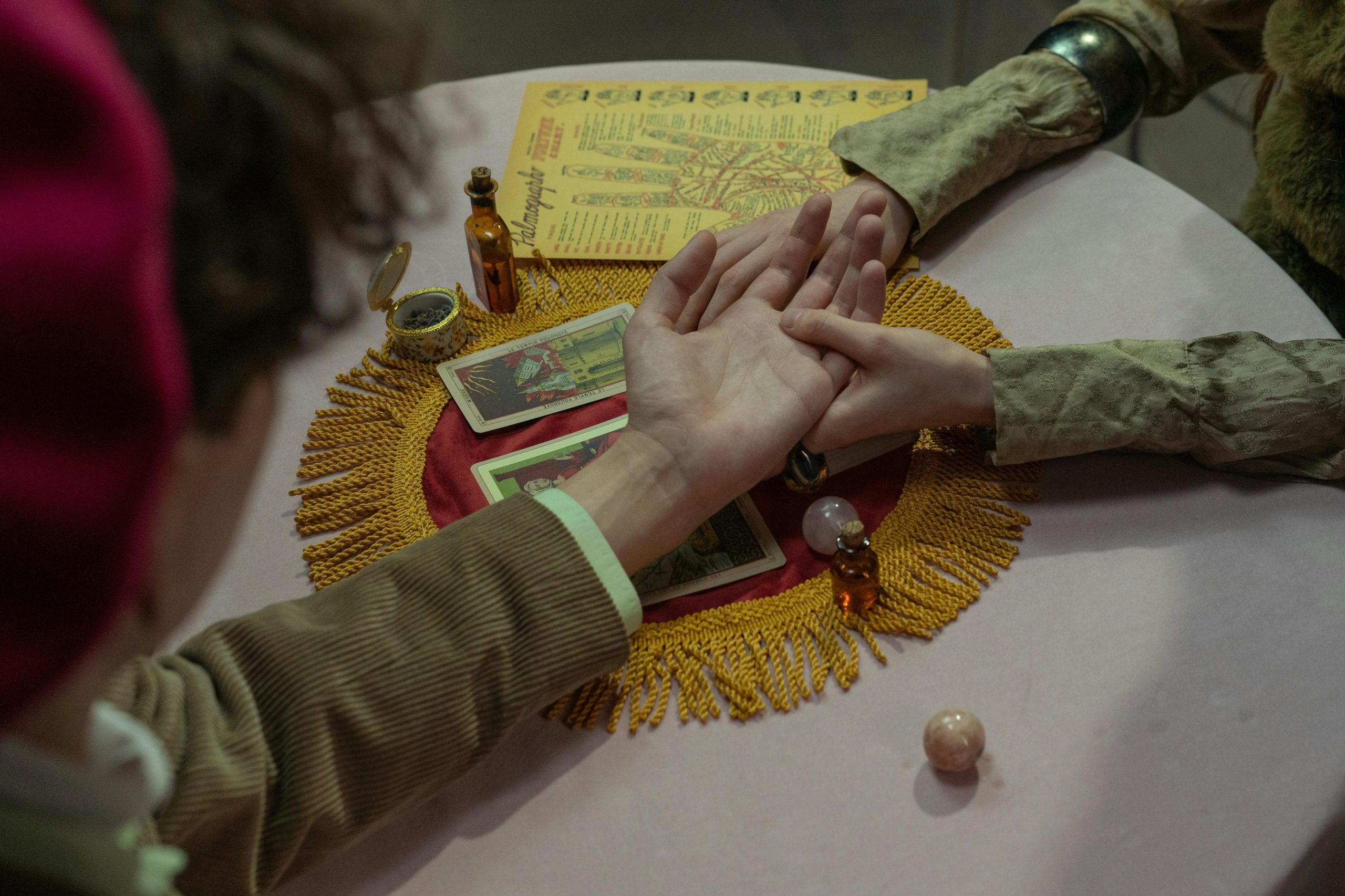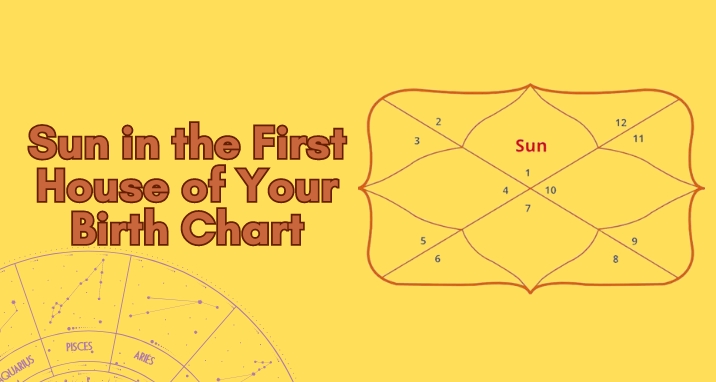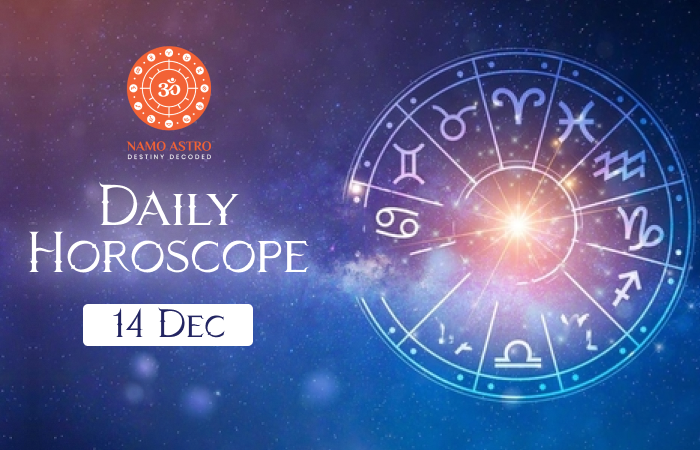Palmistry: What Do Our Palm Lines Tell Us?

Are you one of those who have been fascinated by how the lines of hands can guide towards the future or personalities of an individual? The individuals who have mastered this art are treated like magicians by all of us. Rightly so, they can do something we can only gauge in awe. Or is it actually something we can learn and understand? Wouldn’t it be amazing if we had a yes for that? Indeed, it is possible to read and understand palm reading. Let us know more about this.
What is Palmistry?
Palmistry, also known as Chiromancy, is the technique of reading someone’s personality, potential, and life events by analysing the lines, forms, and markings on their hand’s palm. It is one of the divination practices, most famous and difficult of all. It originated in India, and from there it travelled east, to the lands of China, and Tibet; and to the west, Persia (Iran), Egypt, and Greece. It also finds mention in the work of the father of political philosophy, Aristotle. Aristotle famously proclaimed “Lines are not written in the hand for no reason”.
In the realm of palm reading, our hands are considered portals that provide valuable insights. Once you cultivate this skill or trick, your future will definitely be in your own hands. Let’s get started.
Which Palm Should One Read?
The most basic question of all when it comes to reading palms. The answer is simple, both the palms. Since both the palms provide valuable insights. For instance, the non-dominant palm throws light on one’s personality and character. While the non-dominant one actually tells how these traits are put into practice. When studied in tandem, they can show how a person will utilise his potential to achieve greatness in life.
The lines on the palms, also known as the folds and creases, are utilised to create narratives and forecast future events. Analysis of a line’s length, depth, and curvature yields its meanings. Keep in mind that no two hands are alike and that context is everything: Note the beginning and ending points of each line, the mounts it crosses, and the intersections of the creases.
What is a Heart Line?
The heart line, which arcs around the top of the palm, is linked to emotional and heart-related issues. It can provide details on a person’s relationships, emotional health, and love life. The heart line is the highest horizontal line on the palm, situated above the headline. This crease, also referred to as the “love line,” controls all issues relating to the heart, such as romance, friendship, sexuality, and commitment.
Once you’ve determined it, make a note of whether it starts below the middle or index finger: Relationship contentment is indicated by the heart line starting below the index finger; prospective unrest is indicated by the heart line starting below the middle finger. While the length of the line corresponds to time spent together (longer lines imply longer partnerships), the depth of the line denotes the importance of interpersonal ties in a person’s life. Broken heart lines might allude to infidelity, many relationships, or even transforming friendships.
What is a Head Line?
The headline, which lies slightly below the heart line, is associated with intelligence, judgement, and mental processes. It can shed light on a person’s methods for making decisions and addressing problems. They throw light on our intellectual aspirations and curiosities. It also talks about the lessons we need to learn.
The depth of a line reflects the complexity of a person’s mental endeavours. The length reveals the range of subjects they are interested in. A wavy line represents forward-thinking, whereas a straight line represents more traditional thinking. Breaks in the queue can represent mental conflict or, in a more positive sense, enormous discoveries or epiphanies.
What is a Life Line?
Despite what many people think, a lifeline does not foretell how long a person will live. Instead, it is thought to stand for a person’s vigour, energy, and significant life events. It can reveal information about a person’s physical condition and life’s trajectory.
Your lifeline, which is located below the headline, displays your experiences, vigour, and enthusiasm. The length of the line tells how others have influenced your personal path, while the depth of the line denotes the depth of your experience. A short or broken lifeline represents autonomy and independence rather than how long you will live.
What is a fate Line?
The fate line is also known as the destiny line. This line extends vertically from the palm’s base to the fingers. It is said to shed light on a person’s life path, career, and significant life events. Not everyone, though, has a certain fate line.
Throughout our lives, our palms naturally change, but the fate line changes the most quickly. The fate line, often referred to as the line of destiny, is a vertical crease in the middle of the palm that indicates how much an individual’s life will be impacted by outside factors beyond their control. Consider a short glance at the fate line if you are going through a significant change, whether it be personal or professional. Has it been altered? Keep an eye out for this physiological cue as well. According to palmists, itchy palms are a warning of impending changes.
What is a Sun Line?
It is a minor line. The vertical crease that extends the farthest towards the pinky side of the palm is known as the sun line. It represents a person’s reputation, legacy, and fame. Along with the fate line, the sun line depicts how and when a person will succeed and varies widely in length, depth, and placement.
If the sun line and fate line cross or are parallel, it indicates that a person’s prominence will result from outside circumstances over which they have no control. The sun line and fate line indicate that a person’s legacy will be developed more independently of other influences if they are not near together.
Finger Shapes
This one is quite easy for you to remember. Lengthy fingers can be a sign of someone who is more analytical and detail-oriented, whereas small fingers might be a sign of someone practical and hands-on.
Like with all the skills and arts of the world, palm reading will take time. Since you are starting, begin with general and larger observations, then make your way to minute ones. And whenever you get stuck or feel lost, don’t hesitate to seek guidance from our experienced astrologers. After all, even Arjuna needed a Dronacharya to get all the knowledge. In the pursuit of learning, a helping hand acts as a catalyst and fastens the process.
Frequently Asked Questions
Q: Can everyone become a palmist?
A: Yes, anyone with an interest in the practice can learn palmistry. People can learn about and comprehend the concepts of palmistry with the aid of books, classes, and the expertise of our astrologers. However, bear in mind that to become proficient, it takes time and effort.
Q: What are mounts for palmistry?
A: The elevated portions of the palm that are associated with particular features or attributes are known as mounts in palmistry. For instance, the peak of Jupiter corresponds to ambition and leadership, while the mount of Venus corresponds to love and passion.









